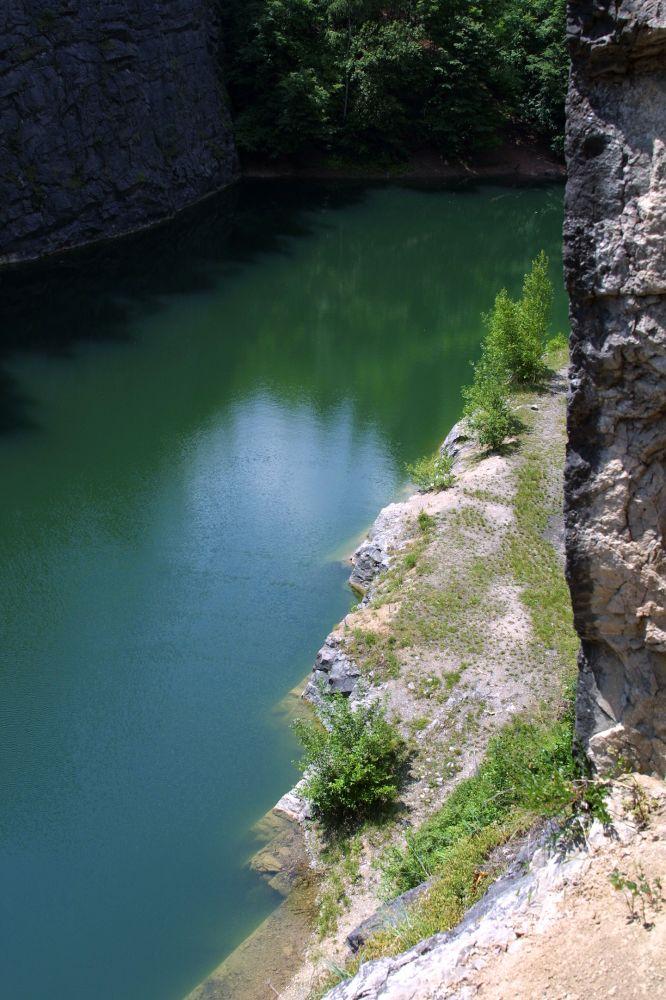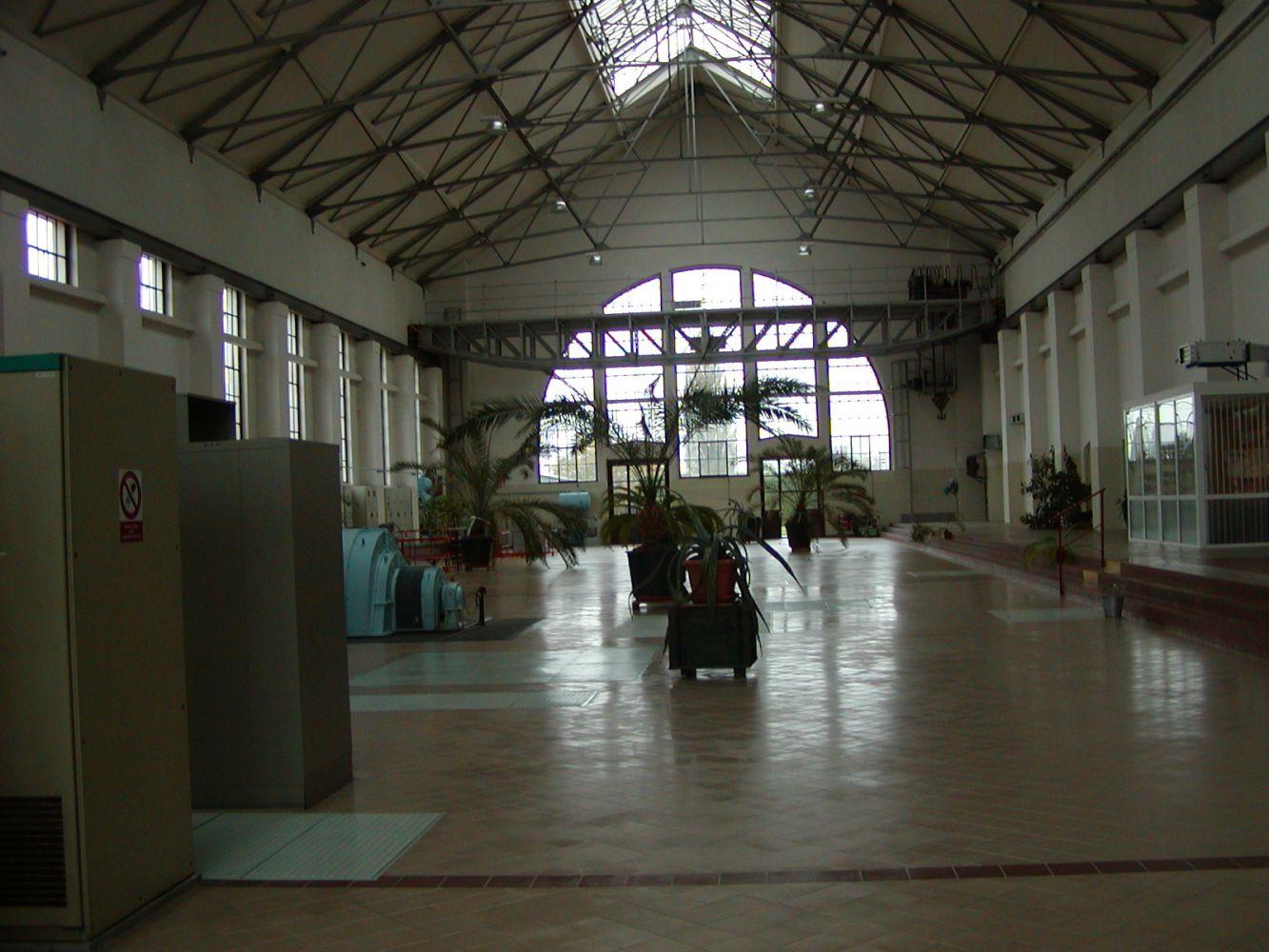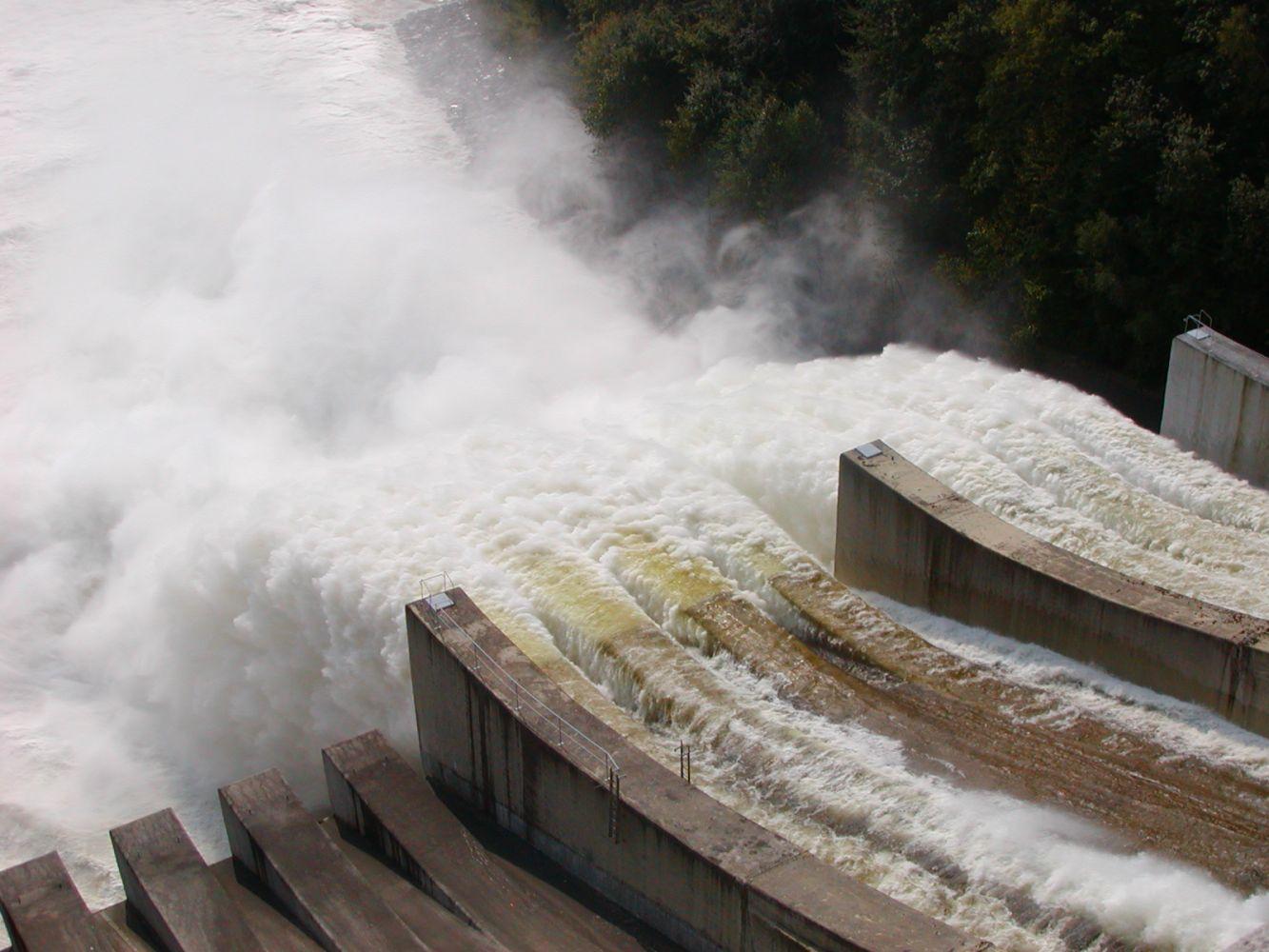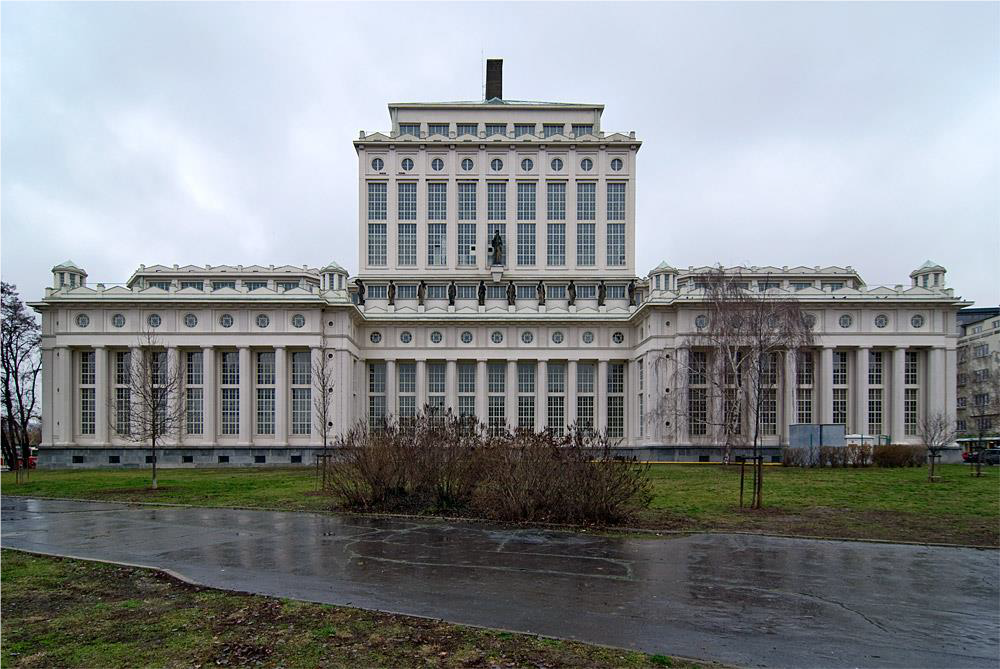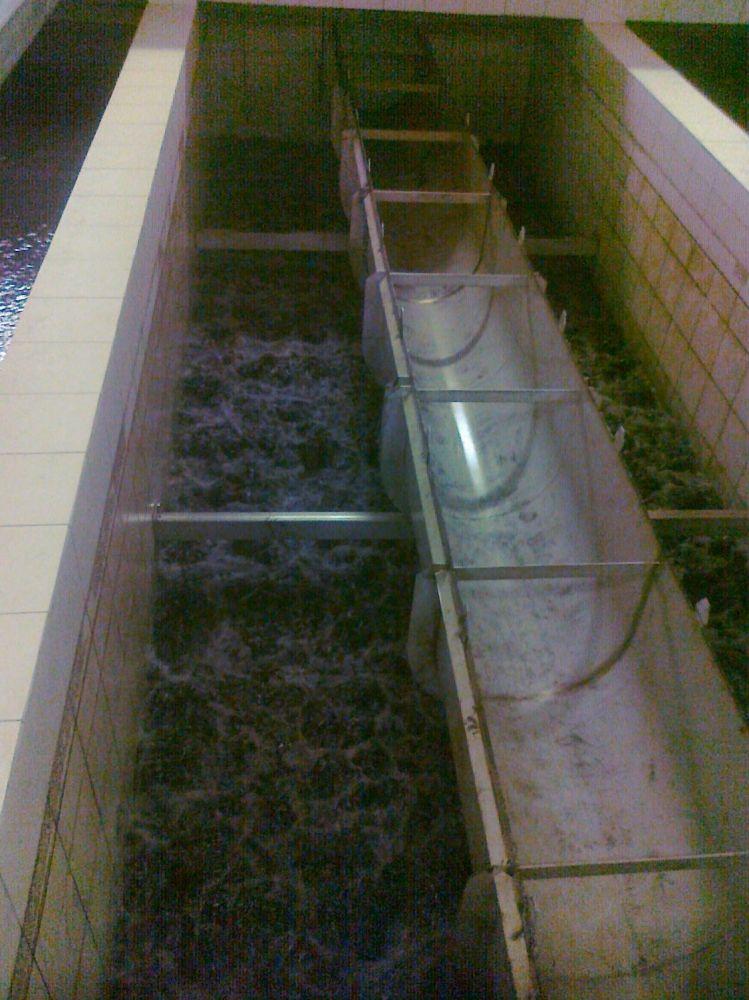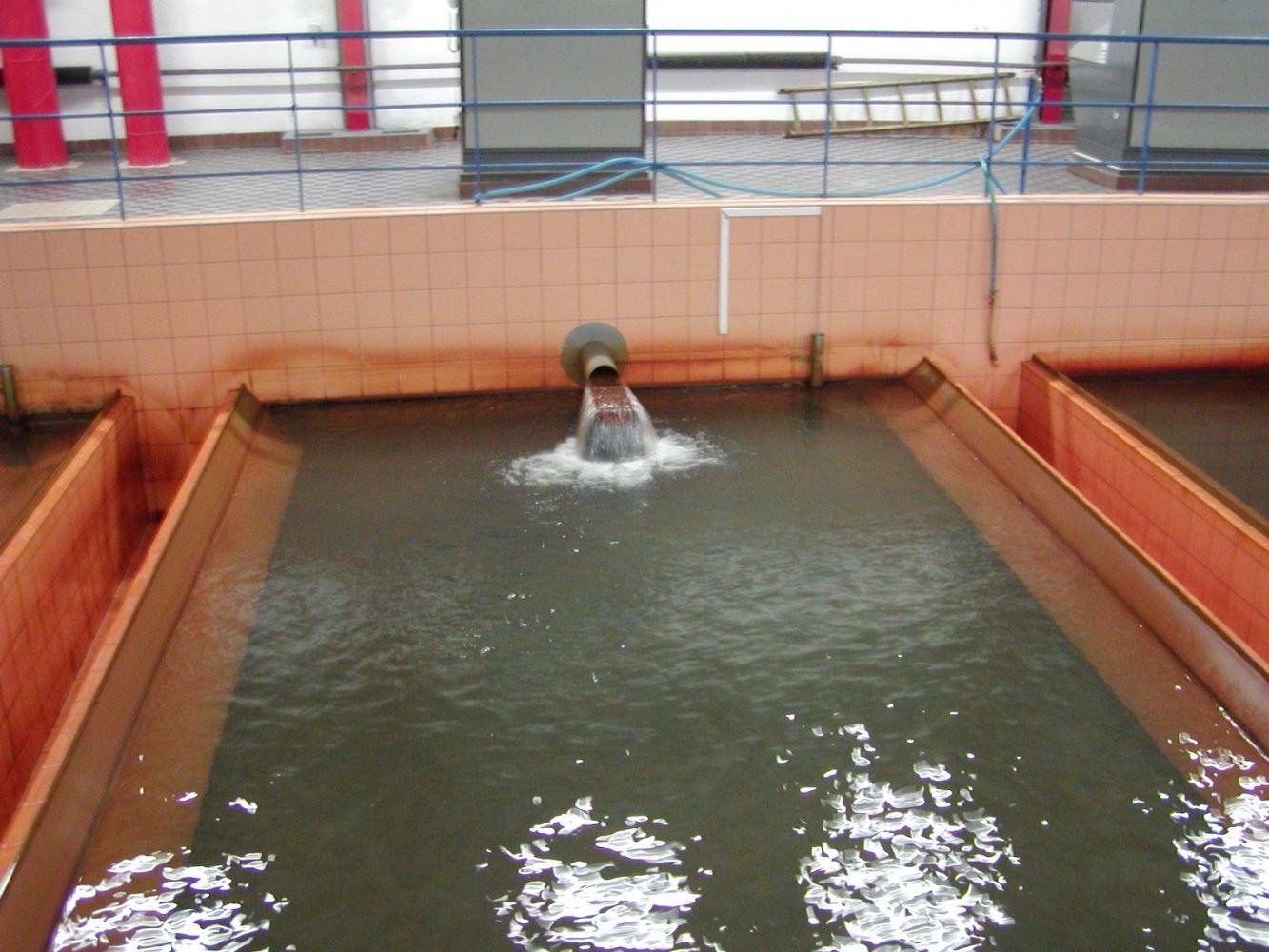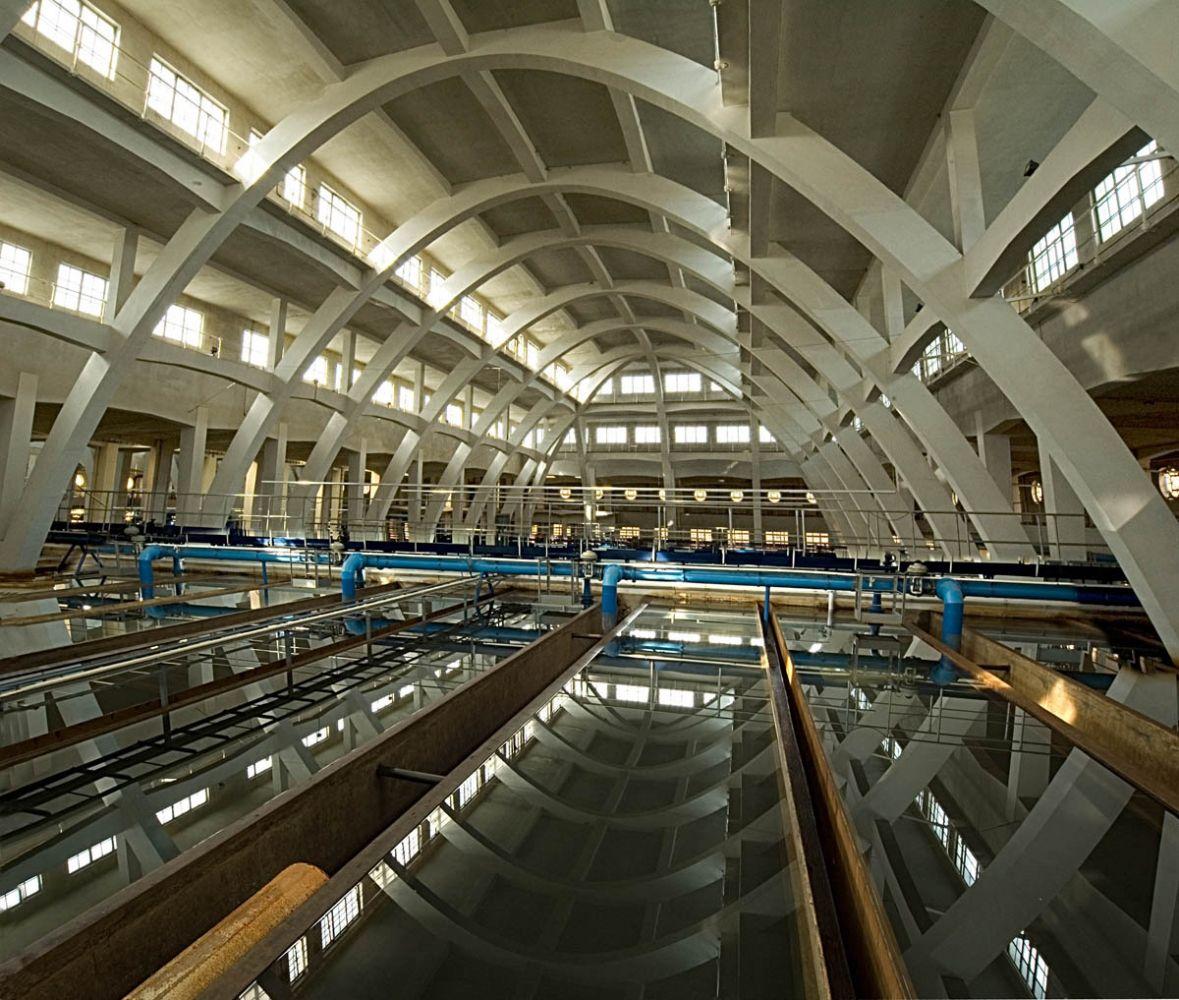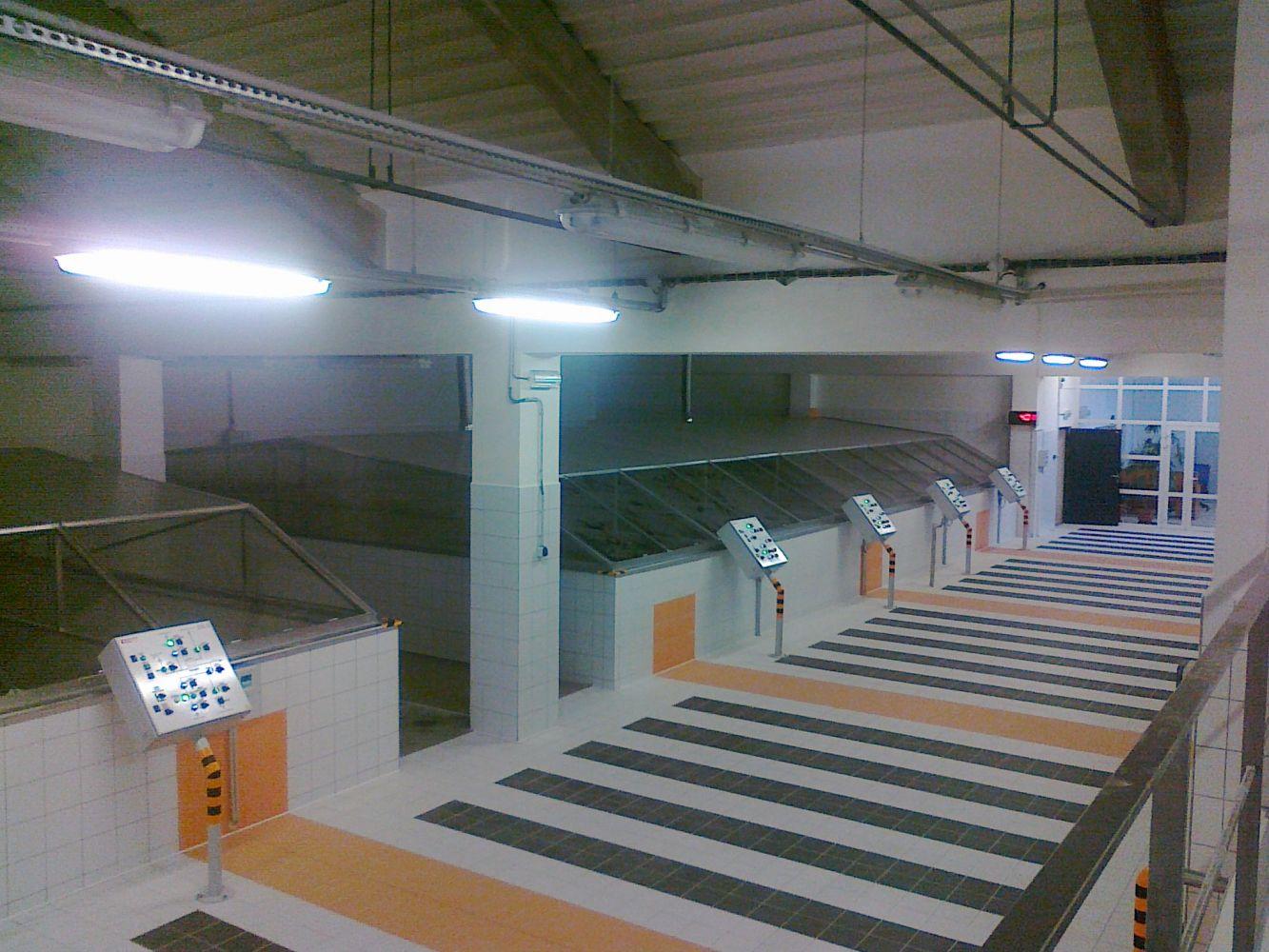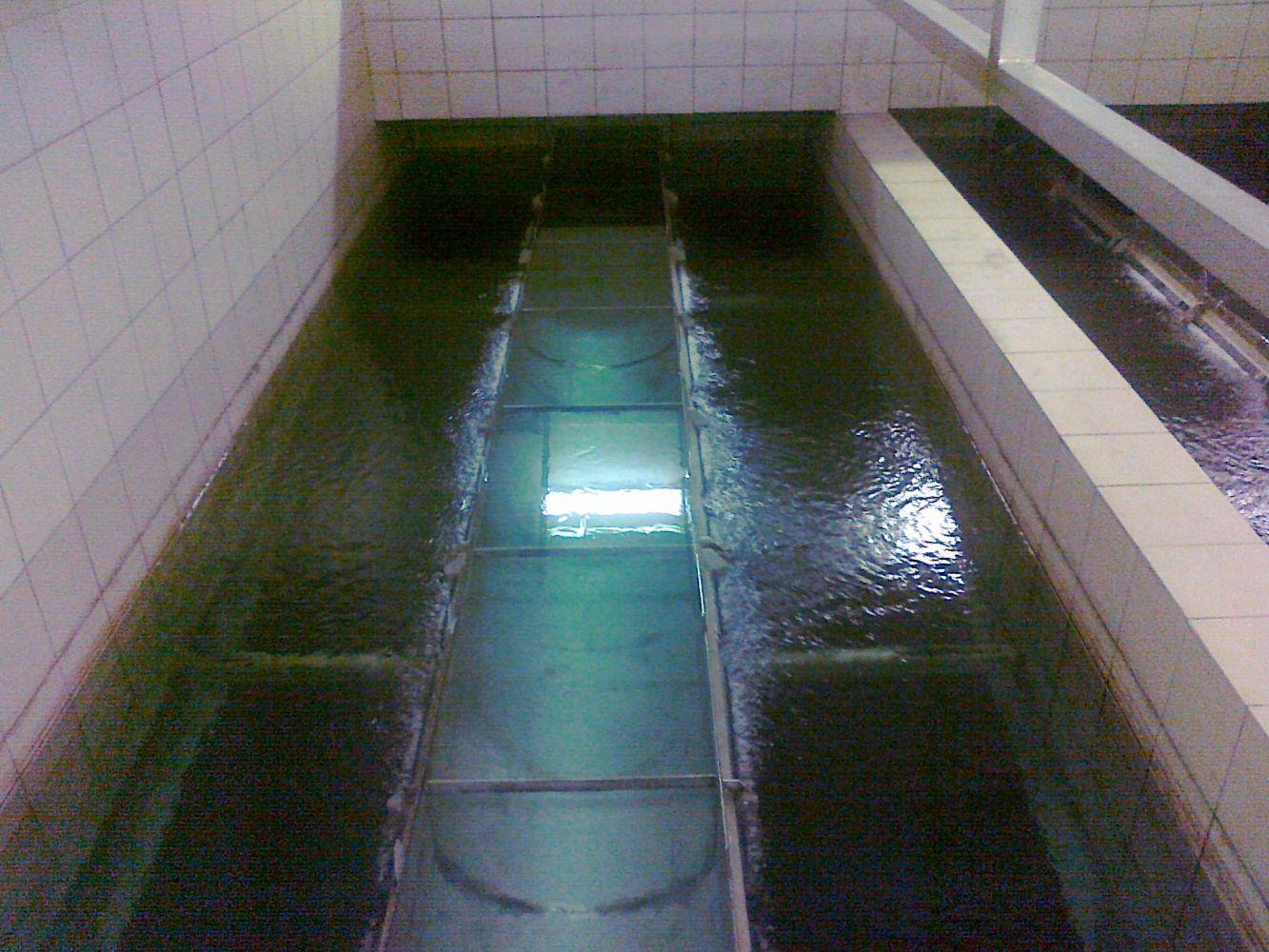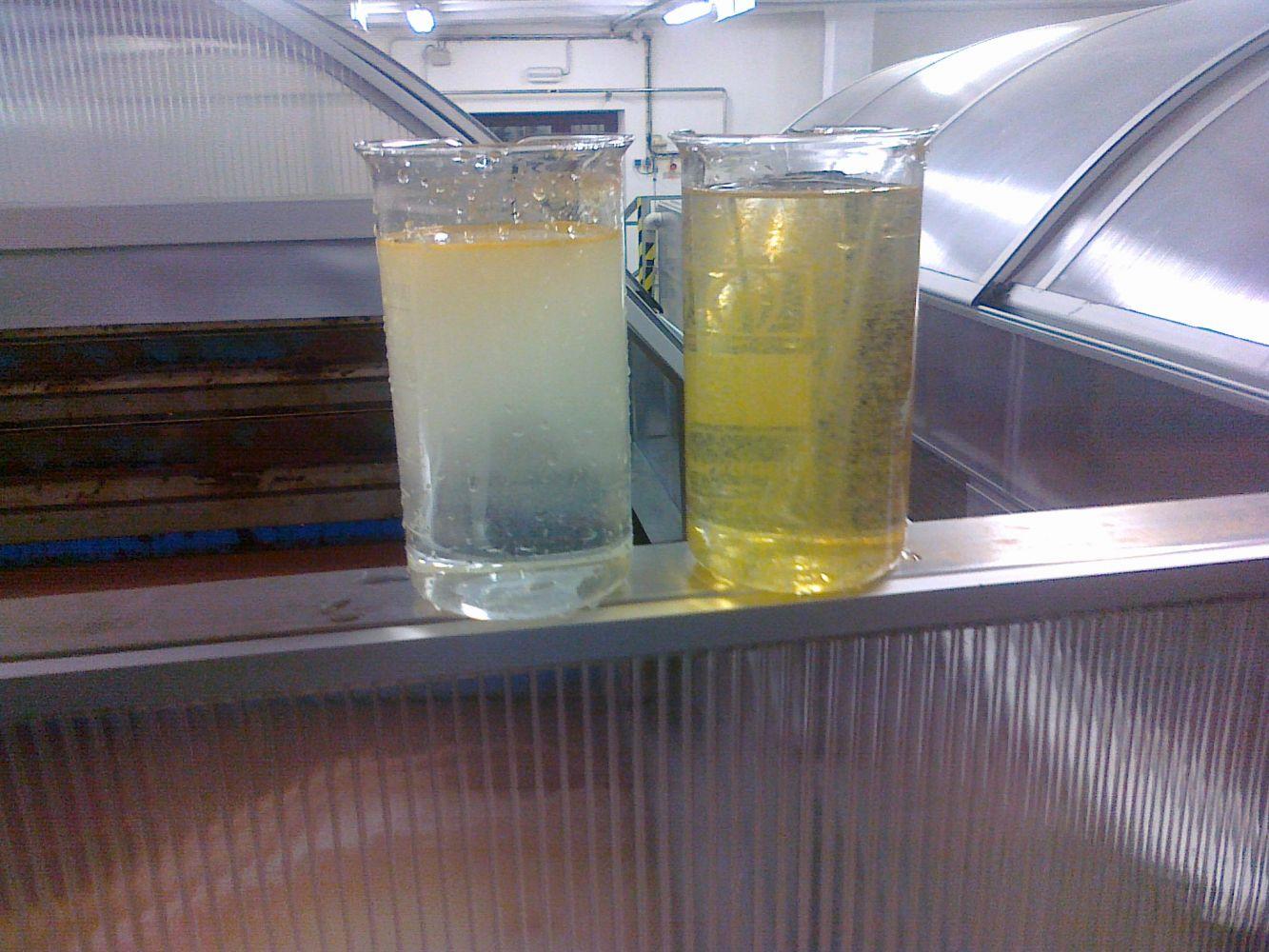Drinking water occupies a privileged position among the foodstuffs that are essential for human life. For this reason, increased attention must be paid to its quality. Simply put, this can be understood in relation to the production of drinking water—meaning the individual technological steps and procedures used in its manufacture, which, when optimally combined, should yield high-quality drinking water.
However, when considering the quality of drinking water demanded by consumers, the issue expands into a much broader context, starting with the protection of water sources, continuing with the production technologies themselves, and including the distribution of water to the consumer.
Only through guided professional intervention in these three areas can the desired goal—quality drinking water—be achieved. All of these aspects are the focus of our working group.
Running projects
- POKR: Udržitelné nástroje pro zhodnocení a omezení vlivu odlehčovaných odpadních vod na recipienty (TAČR PPŽú, 2025-2027, vedoucí projektu na VŠCHT Ing. Lucie Pokorná, Ph.D.
- Úniky vody: Detekce a eliminace úniku vody v průmyslových areálech (TAČR Sigma), 2025-2026, vedoucí projektu na VŠCHT Ing. Lucie Pokorná, Ph.D.
- Meses: Vliv podmínek koagulace na tvorbu suspenze a efektivitu membránové separace, (OP TAK), 2024-2026, vedoucí projektu na VŠCHT Ing. Hana Kujalová, Ph.D.
- FiLiB: Ochrana obyvatelstva a zasahujících složek IZS ČR před emisemi z požárů lithiových akumulátorů (MV SECTECH), 2024-2026, vedoucí projektu na VŠCHT Ing. Lucie Pokorná, Ph.D.
- Centrum voda: Vodní systémy a vodní hospodářství v ČR v podmínkách změny klimatu (TAČR), 2020-2026, vedoucí projektu na VŠCHT Ing. Jan Bindzar, Ph.D.
Analyses and other services for the public
Topics covered:
Hydrochemistry
The chemical behavior of inorganic substances and new PPCPs (Pharmaceuticals and Personal Care Products) depends on their chemical structure.
Routine water analysis typically determines the total concentration of individual components. However, in reality, these components exist in various forms (speciation), resulting from protolytic, complexation, redox, polymerization, and biodegradation reactions. Differentiating between these forms experimentally is often challenging; their distribution is usually calculated using chemical thermodynamics, for which many computational programs are available.
Hydroanalytics
The development and widespread use of new PPCPs demand suitable analytical methods for their identification and quantification. Instrumental analysis methods are especially relevant, capable of detecting selected PPCPs in nanogram concentrations. Particular attention is paid to selected pharmaceuticals, cosmetics, and surfactants. Researchers closely collaborate with the Czech Office for Standards, Metrology, and Testing (ÚNMZ) to prepare new Czech technical standards (ČSN) and to assess and adopt new ISO and EN hydroanalytical standards.
Water Treatment Technologies
Focus is placed on key treatment processes for both surface and groundwater. This includes optimizing coagulation test conditions to obtain high-quality treated water and easily separable suspensions. For groundwater, attention centers on calcium-carbonate equilibrium, which is critical for processes like deacidification, iron removal, and manganese removal.
Ion Exchange, Sorption, and Membrane Processes
These techniques are used for both selective and non-selective removal of ions/dissolved substances from water. Particularly attractive applications include:
- Selective heavy metal removal using ion exchange
- Arsenic elimination via inorganic sorbents
- Trace organic compound removal
Membrane technologies serve both for drinking water treatment and for purifying certain types of wastewater.
Advanced Oxidation Processes (AOPs)
These processes show strong potential for eliminating poorly biodegradable pollutants from wastewater. They operate at standard temperature and pressure and utilize the exceptional reactivity of hydroxyl radicals. Current research emphasizes ozone and hydrogen peroxide-based methods, focusing on:
- Nitrogen compound removal (e.g., oxidizing ammoniacal nitrogen to nitrogen gas)
- Enhancing the biological treatability of industrial wastewater
Micropollutants
Water treatment is increasingly addressing micropollutants, particularly pesticide metabolites, pharmaceutical residues, and antibiotic resistance genes. We study the effects of advanced oxidation and sorption on various materials to remove these substances. These processes also tackle heavy metals and microplastics using sorption and precipitation methods.
Biological Stability of Drinking Water
Distribution systems may contain residual organic compounds from treatment processes aimed at reducing organic carbon, leading to organic matter production and biofilm formation inside pipes and equipment. One way to evaluate and predict water quality deterioration is by measuring BDOC (Biodegradable Dissolved Organic Carbon). Our working group is actively focused on this approach to assess biological stability.
Monitoring River and Rainwater Quality
We conduct long-term monitoring of upper river stretches in the Krkonoše region, focusing on the Elbe, Úpa, Jizera, and Jizerka rivers. Rainwater quality is also assessed in the Luční hora – Strážné area. Sampling is done directly in the streams, and flow rates are measured using magnetic induction flowmeters to evaluate mass balances of monitored indicators.








